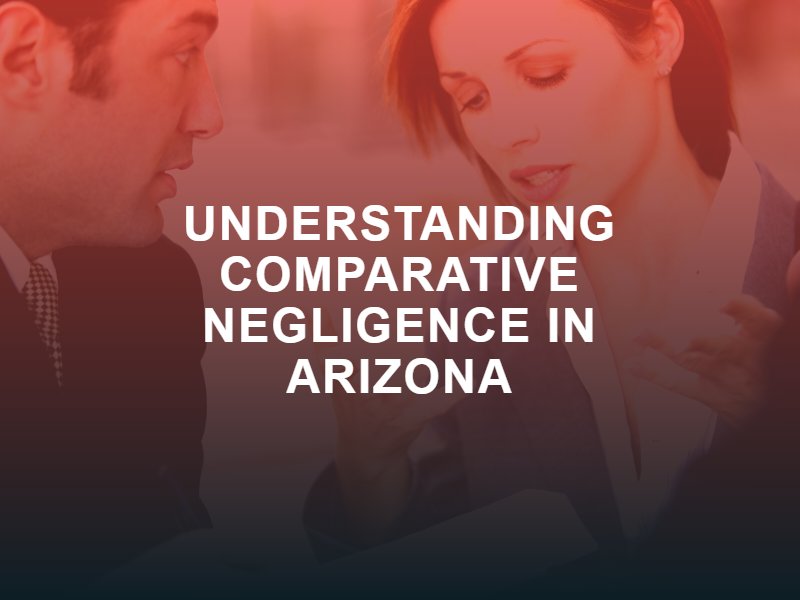People get injured all the time. Unfortunately, these injuries are often caused by the careless or negligent actions of another person. When that happens, the injury victim may be able to secure compensation for their losses through an insurance settlement or a personal injury lawsuit. However, what if multiple parties are found to be at fault for an incident that causes an injury? It is important to understand comparative negligence laws in Arizona in order to properly determined how liability is assigned and how this can affect an injury settlement.

Most personal injury cases In Arizona revolve around proving negligence. In other words, the person who is responsible for causing an injury will generally be the one who has to pay for any damages that occurred to others.
However, it is often the case that more than one party was negligent in an incident. Arizona follows what is called the doctrine of comparative negligence. Under Arizona’s comparative negligence laws, an injured party is allowed to recover compensation even if they are partially at fault for the incident in question. Arizona law allows for a person to recover compensation even if they are up to 99% at fault for the incident.
In these cases, an injury victim’s damages will be reduced based on the amount in which they were found to be at fault. For example, if a car accident victim is awarded $100,000 and damages after a crash, but were found to be 20% at fault for the incident, they would only receive $80,000 in total compensation.
Proving negligence in a personal injury case can be incredibly difficult. In order to be successful in a negligence case, a plaintiff (or their attorney) will need to prove the following four elements:
Proving negligence in personal injury claims can become incredibly difficult. In many cases, an injury victim does not have the resources or legal experience necessary to properly conduct a thorough investigation. The goal of an injury victim is to prove that the other party was completely responsible for the incident. A Phoenix personal injury attorney will be able to conduct a full investigation and obtain all evidence necessary to prove liability. An attorney will also be a skilled negotiator, ready to take on aggressive insurance carriers to obtain maximum compensation.

John Torgenson is a highly experienced personal injury lawyer with over 20 years of practice in Arizona. He earned his Bachelor’s degree from the University of Utah and his Juris Doctor from Notre Dame. John has a proven track record of securing substantial verdicts and settlements, including an $8.25 million recovery for a gunshot injury victim. His expertise has earned him AVVO ratings and recognition as a Super Lawyer.
John is also a sought-after lecturer on personal injury law, sharing his extensive knowledge with peers and aspiring attorneys. Beyond his legal practice, John is an avid golfer and actively supports organizations like the Military Assistance Mission, Arizona School for the Arts, Page Balloon Regatta, University of Arizona Foundation, Junior Achievement of Arizona, and the Tim Huff Pro Bono Golf Classic.
Passionate about advocating for injury victims, John dedicates his career to battling insurance companies and corporate interests, ensuring that the rights of those who are hurt are vigorously defended.
